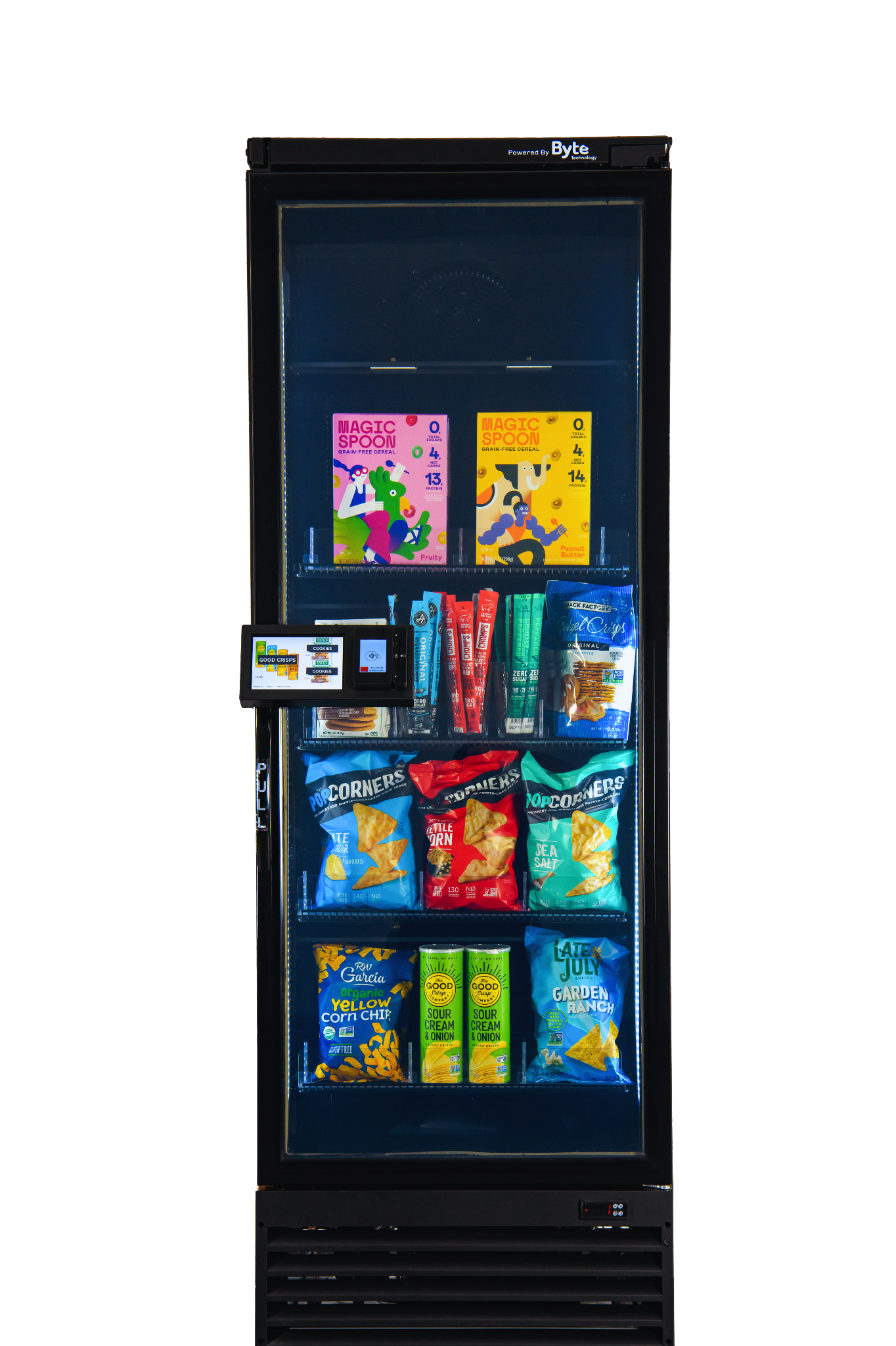Using the Dashboard
Summary
Stores
Stores Tab Overview
Stores > Status
Stores > Technical
Stores > General
Web Based Store Inventory / Online Menu
Download a Pick List for easy restocking
Stores > Restock
How To Set Pars
Sales Tax
What is a KID?
Stores > Discounts
Stores > Financial
Products
Export Lots as CSV
Products > Transactions
Delete/Undelete (or Archiving) a Product
How to repurpose tags
How to Bulk Import Products
Products Overview
Products > Tag Orders
Export EPC Inventory
Products > Inventory
Add a Product
Products > Details
Tags
Transactions
Understanding Transaction Preauthorization and Processing Times
Transaction status definitions
Transactions > Logs
Coupon Reporting
Transactions > Customer Emails
Edit the default preauthorization amount
How to adjust a transaction or process a refund
How to View Transactions & Transactions Overview
How to Export Transactions for Enhanced Sales Analysis
How to prevent mischarges
Feedback
Discounts
Discounts > Add a Happy Hour Discount
Discounts > Add a Standard Discount
Discounts Overview
Discounts > Creating Coupons
Discounts > Add a Shelf Life Discount
How to redeem a coupon
How to end a Discount
Financials
Settings
Getting Started
Remittances
Transactions included in a remittance
Remittance Processing Schedule
How do I provide my banking information?
Ordering Tags
Restocking Product
Setting Up Your New Store
How to restock a Byte store
Setting up your store to be NAMA-certified
Custom graphics install instructions
Branding your store
Setting up your Byte Technology store
How soon will I receive my store?
Standard Byte Store Specs
Tagging Best Practices
Tagging Frozen Food
Tagging drinks
Tagging Non-Perishable Products
Product tagging best practices
Tagging sandwiches, wraps, and burritos
Tagging snacks or soft packaging
Tagging soups or yogurts
Tagging salads & hard packaging
Are RFID tags microwave safe?
Merchandising best practices
Test and verify inventory
Tagging heatable entrees
Tagging aluminum cans and foil-lined products
Dashboard Onboarding | A self-guided training
1. Introduction to Byte Technology Dashboard
2. Overview of Summary Page + Navigation Bar
3. Stores Section Overview
4. Products Section Overview
5. Transactions Section Overview
6. Feedback
7. Discounts Section Overview
8. Financials Section
9. Settings
10. Congratulations
Campus Card Stores
Byte Store Dimensions/Store Types
Troubleshooting & FAQs
Connectivity
How to Install an OptConnect Cellular Device on a Byte Store
Ethernet setup and networking requirements
Transactions made while store is offline
How do I get a store back online?
Code 400C
Code 600
Code C
Code E
No IP / Red or Yellow Border
Code 200
Sending Remote Commands
Screen Issues
Store Temperature
🧊 Why Your Dashboard May Show a Higher Temperature or “Too Warm” Status
Adjusting the store temperature
Inventory
Antennas in the Byte Store - Where to Place Your Products
Customer Inquiry: Need Help With Your Transaction?
Code 400
Door Lock Issues
Open a CSV file in Excel or Google Sheets
How to Reach Support
Combatting Theft With Your Byte Store
Error Codes: Out of Service Troubleshooting Guide
Internal Troubleshooting
- All Categories
- Getting Started
- Tagging Best Practices
- Tagging Non-Perishable Products
Tagging Non-Perishable Products
 Updated
by Isabella Gumm
Updated
by Isabella Gumm
At Byte Technology, we aim to help you keep things flexible—you can sell a variety of products that suit your store's vibe. One hot ticket item in micro-markets? Health and beauty products. In this article, we're diving into the nitty-gritty of tagging those small, non-perishable goodies. Let's get tagging!

Bottles/Canisters
When it comes to tagging bottles and canisters, you've got options. We recommend either regular tags or flag tags. Here's the deal: gotta check if there's any metal in the container. If there is, we'd suggest slapping a regular tag somewhere it won't touch metal (maybe on the cap) or opting for a flag tag.
Toothbrushes/Hairbrushes
Both regular and flag tag types will work on these products usually. What is key is focusing on how these products will be merchandised. If they will be merchandised upright, the best tag will most likely be the flag tag type.
Food

Guess what? You can totally tag food in your ambient stores—no need to limit it to just our fridge models! Chips, oatmeal, cereal, ramen... you name it, you can tag it! And let me spill the beans: flag tags are your go-to for these goodies. They're like the VIPs of merchandising, making sure your products stand out in style. Regular tags will still work with most of these products, but you have to keep in mind if there's aluminum foiling in the products (like in chip bags) and how they will be merchandised.
Small Containers
Both regular and flag tag types will work on these products usually. What is key is focusing on how these products will be merchandised. If the products will be stacked; either choose a flag tag or have the regular tag on the sides. When stacking, you must ensure that tags are not hidden or covered. If the small containers won't be stacked, slap a regular tag on top! (As long as it won't touch metal or be near liquid.)